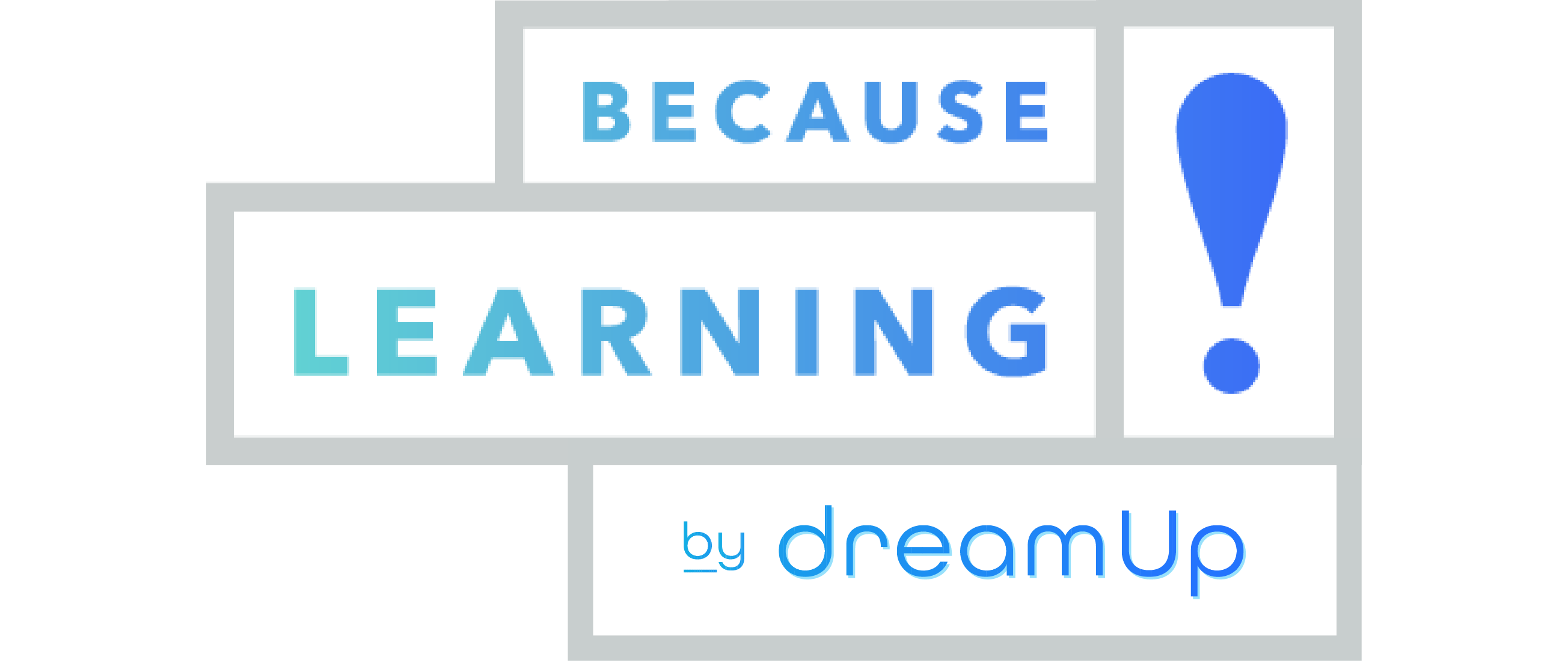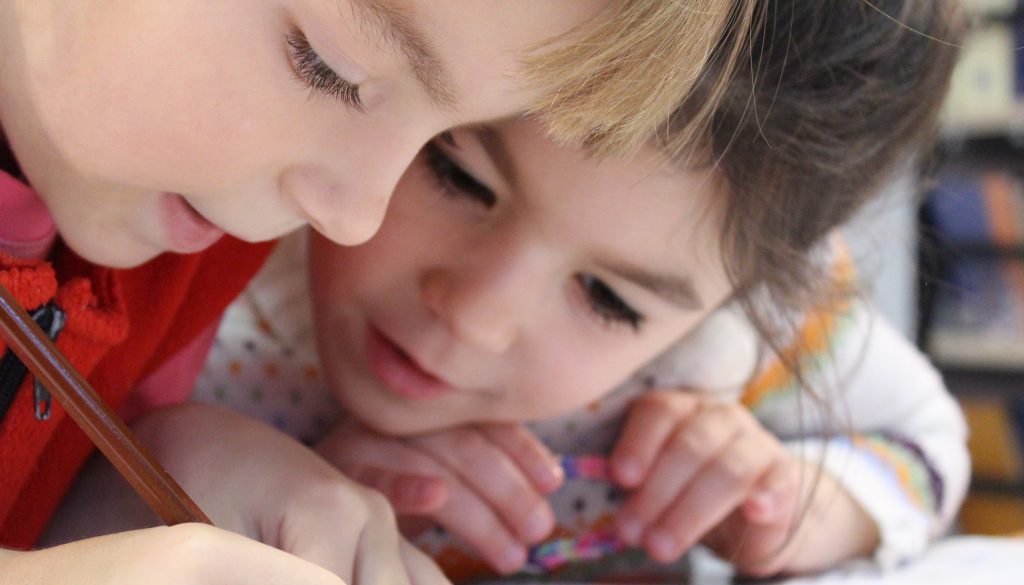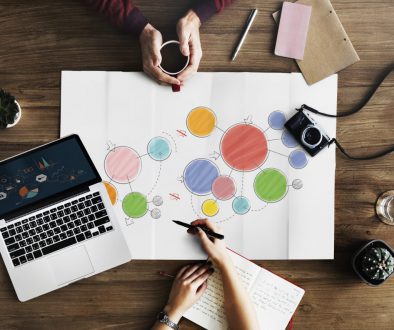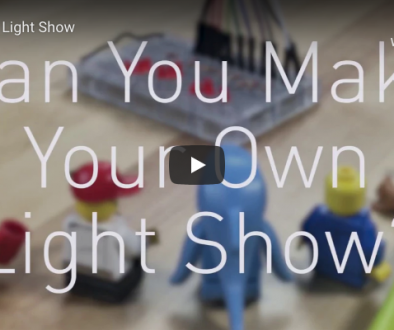How Physical Computing Experiences Can Bridge the Opportunity Gap
With an emerging approach to STEM education – physical computing experiences – educators can help bridge this learning gap. Students have the ability to learn in multiple ways, helping students who learn in different ways to have their learning needs and preferences met. The result? Deeper engagement and learning for all students – not just those who get it right away.
In the traditional method of teaching STEM subjects – from a textbook – students with a natural inclination to these subjects tend to excel. Meanwhile, students who don’t grasp these concepts as quickly learn slower. (These students are often grouped into those who are “math minded” and those who are “creatively inclined,” but we know these groups aren’t mutually exclusive at all.)
Due to the need to meet standards, educators are required to continue moving forward, even if students who don’t get the concepts right away still aren’t grasping it. Over time, this creates a wider and wider gap between students who naturally learn STEM concepts from a textbook and those that don’t learn as quickly.
“Tangible Technology”
Physical computing is the integration of devices or technology that interacts with the world around learners. So instead of just coding on a desktop computer, students use programmable hardware or tangible interactive objects.
We’ve been bringing physical computing to classrooms since our company was founded. Yet relatively recently, peer-reviewed research has started to show more frequently what we’ve known all along: that physical computing supports motivation, creativity, and constructionist learning (see The nature of physical computing in schools: findings from three years of practical experience.)
A great example of this is our X lesson. Students don’t just run a simulation on a computer; they build an entire X and use it to Z.
Do Physical Computing Experiences Enhance Learning?
While learning styles aren’t quite supported by research, in our experience students tend to have preferences in how they learn. It’s similar to how some people prefer audiobooks while others like to sit down and read.
If students are learning in a way they prefer, they’re more excited, in our experience. And that excitement can translate into deeper engagement.
Computing can be very abstract. While there’s still the tactile experience of using a keyboard, understanding how circuits work (and how code affects hardware) can remain a mystery until students gain an understanding of computing logic.
With a hands-on physician computing experience, learners physically assemble the hardwire. They connect the motherboard to the sensor and the computer, creating a clear, visual path for the code to “flow.”
Understanding the logic in computing comes naturally when students connect these by hand.
How Does This Relate to Stem?
Like computing, subjects like science, engineering and math all rely on understanding basic rules and how they interact to solve a problem. These are solution-oriented fields.
Is your LED not working? There’s a missing connection somewhere, or maybe the instructions aren’t right. Students can follow to find out where the problem is.
With higher student engagement, a deeper understanding of the subject matter, and knowledge transfer throughout STEM subjects, bringing physical computing experiences to your classroom makes a difference.
Lessons to Try
If you’re looking for a place to get started with physical computing experiences, check out the following standards-based lessons from our online learning platform:
- Nightlight Engineering: Can you make an LED light turn on when a room goes dark using a sensor?
- Photonics and Fiber Communication: Can you engineer a circuit that uses a laser pointer, fiber optics and a photo-resistor to send communications?
- Mission: Possible (Engineering an Alarm): Can you engineer an alarm using a laser pointer and a photo-resistor?
- Light Show with the Potentiometer: Can you build a circuit that uses the potentiometer to control LEDs?




